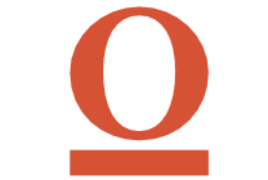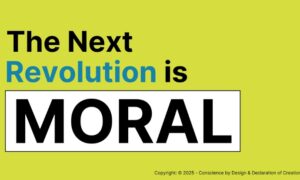Introduction:
In the ever-evolving landscape of healthcare medical transcription services play a crucial role in ensuring accurate and detailed documentation of patient records. As healthcare professionals focus on delivering quality care, medical transcription services contribute to the efficiency of medical practices by converting spoken words into written records. In this article, we explore the significance, benefits, and evolving landscape of medical transcription services.
Understanding Medical Transcription:
Medical transcription is the process of converting spoken or dictated medical reports into written text. This service is typically provided by trained medical transcriptionists who transcribe and interpret dictations from healthcare professionals, including physicians, nurses, and other medical practitioners. The resulting transcripts become part of a patient’s permanent medical record.
Key Components of Medical Transcription Services:
- Specialized Language Proficiency: Medical transcriptionists possess specialized knowledge of medical terminology, procedures, and abbreviations. This proficiency is crucial for accurately transcribing dictations and maintaining the precision required in healthcare documentation.
- Technology Integration: Modern medical transcription services leverage advanced technologies, including voice recognition software and secure transcription platforms. These technologies enhance the efficiency and accuracy of the transcription process.
- Adherence to Industry Standards: Medical transcription services adhere to industry standards, including guidelines set by healthcare regulatory bodies. Compliance with these standards ensures the accuracy, security, and confidentiality of patient information.
- Quality Assurance Protocols: Quality assurance is a fundamental aspect of medical transcription services. Transcripts undergo thorough reviews and editing processes to ensure accuracy, clarity, and adherence to prescribed formats.
Benefits of Medical Transcription Services:
- Accurate and Detailed Documentation: Medical transcription services contribute to accurate and detailed documentation of patient encounters. This precision is vital for maintaining an up-to-date and comprehensive medical history for each patient.
- Time and Cost Efficiency: Outsourcing medical transcription services can lead to significant time and cost savings for healthcare providers. Instead of allocating internal resources to transcription tasks, professionals can focus on delivering patient care.
- Improved Workflow: By outsourcing transcription tasks, healthcare professionals can streamline their workflow. Quick and accurate transcription services ensure that patient records are promptly updated, contributing to more efficient medical practices.
- Enhanced Accessibility: Transcribed medical records enhance accessibility for healthcare professionals, allowing them to quickly retrieve and review patient information. This accessibility is particularly valuable in emergency situations and collaborative healthcare settings.
- Legal and Compliance Requirements: Accurate and well-maintained medical transcripts are essential for meeting legal and compliance requirements in the healthcare industry. Compliance with regulations such as the Health Insurance Portability and Accountability Act (HIPAA) ensures patient confidentiality and data security.
Evolving Landscape:
- Voice Recognition Technology: Advancements in voice recognition technology have influenced the field of medical transcription. Automated transcription tools can aid medical transcriptionists in the initial stages of the process, improving overall efficiency.
- Integration with Electronic Health Records (EHR): Many medical transcription services seamlessly integrate with Electronic Health Record (EHR) systems. This integration facilitates the direct input of transcribed information into digital patient records, reducing manual data entry.
- Telehealth and Remote Services: The rise of telehealth services has increased the demand for remote medical transcription. Professionals can dictate patient notes from various locations, and transcriptionists can provide services remotely, contributing to flexibility in healthcare delivery.
Conclusion:
Medical transcription services stand as a linchpin in the healthcare ecosystem, ensuring accurate, timely, and compliant documentation of patient encounters. As technology continues to advance, these services evolve to meet the changing needs of healthcare professionals. Whether it’s through accurate transcriptions, enhanced accessibility, or integration with cutting-edge technologies, medical transcription services play a pivotal role in maintaining the precision and efficiency required in the ever-progressing field of healthcare.

































